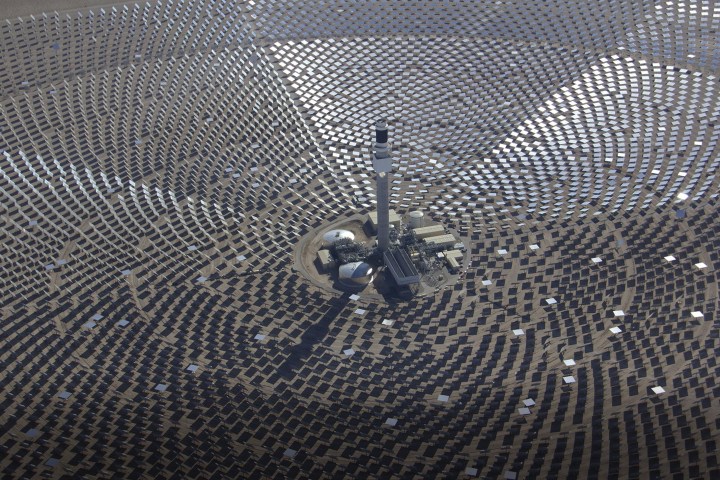
Australian State Premier Jay Weatherill confirmed a contract for the Aurora Solar Energy Project, 150-megawatt solar thermal plant, to be built in South Australia. Global solar power developer, SolarReserve, will begin construction on the $650 million facility in 2018 and plans to have the plant ready by 2020.
Currently, the maximum government power consumption is about 125MW (far less than the plant’s projected 150MW output). This means the plant should have enough production capacity to fulfill the government’s energy needs and send excess power to the local grid. When completed, the Aurora Solar Energy Project will produce 495-gigawatt hours of power annually (representing roughly five percent of South Australia’s yearly energy consumption). Once the system goes online, the emission-free plant will be the largest of its kind.
SolarReserve is no stranger to massive solar efforts by any means. The company was in charge of a similar enormous solar farm, the Crescent Dunes Solar Energy Project, covering more than 1,600 acres of Nevada desert and has also announced a 450MW plant to be built in Chile. Unlike traditional solar panel-based facilities, solar thermal power plants use a series of mirrors to heat molten salt contained within a central tower and this subsequent heat is used to activate a steam turbine.
In 2017, the federal government committed $110 million of equity to constructing a solar thermal power facility. The SolarReserve contract will last for 20 years and create about 700 jobs (including 650 construction jobs and 50 “ongoing positions” in the region). However, some experts worry about the long-term limitations of solar thermal technology.
“One of the big challenges for solar thermal as a storage tool is that it can only store heat. If there is an excess of electricity in the system because the wind is blowing strong, it cannot efficiently use it to store electrical power to shift the energy to times of shortage, unlike batteries and pumped hydro,” Dr. Matthew Stocks, a research fellow at the Australian National University, told The Guardian.
Nonetheless, Weatherill hopes that this project alongside other clean energy initiatives will make the energy grid more secure moving forward.
Editors' Recommendations
- ‘World’s largest sundial’ to double as green energy provider
- Scientists think the next big solar storm could create an ‘internet apocalypse’
- Australia is building one of the world’s largest batteries using Tesla tech
- What the solar minimum really means for life on Earth
- Lithium-ion is just the beginning. Here’s a peek at the future of batteries


